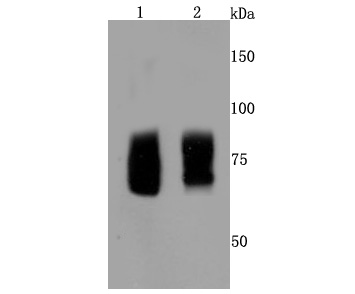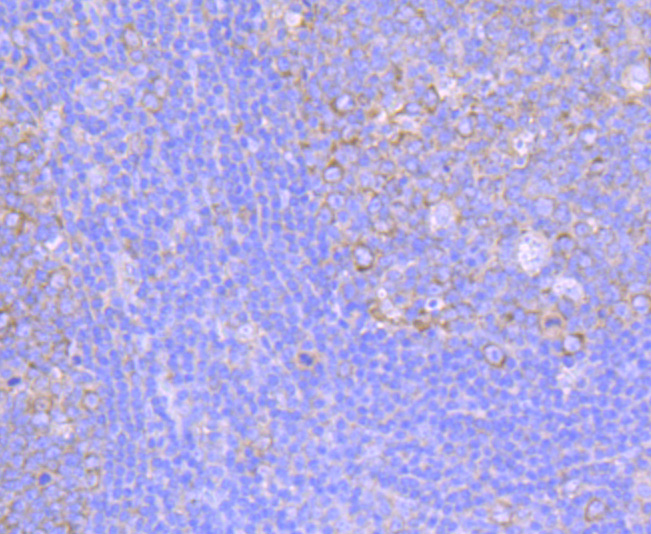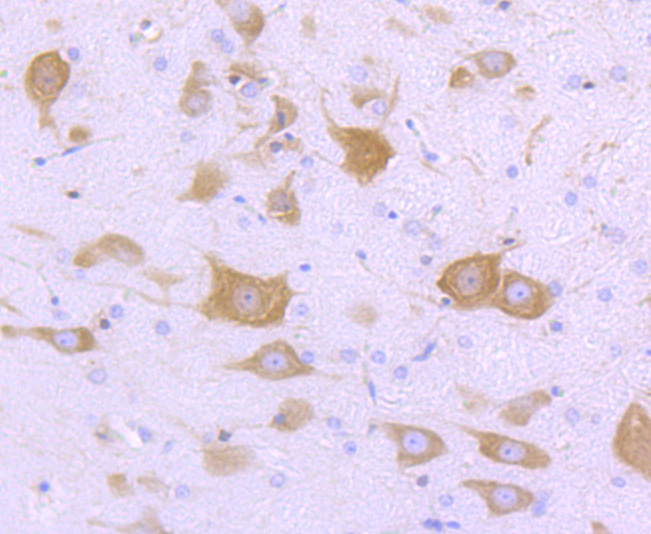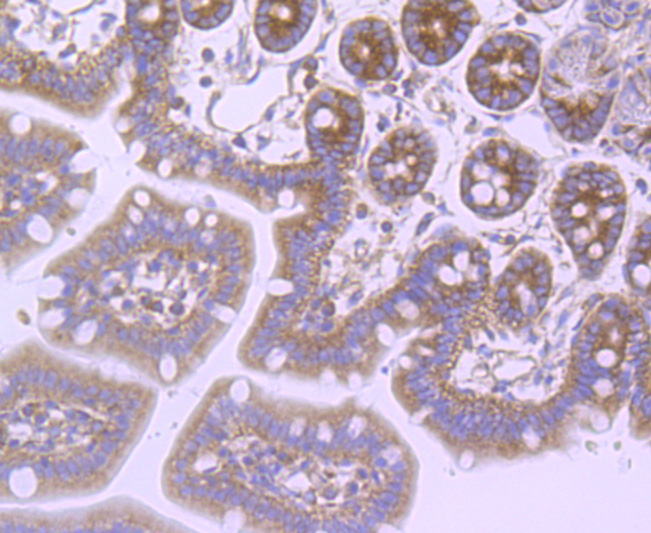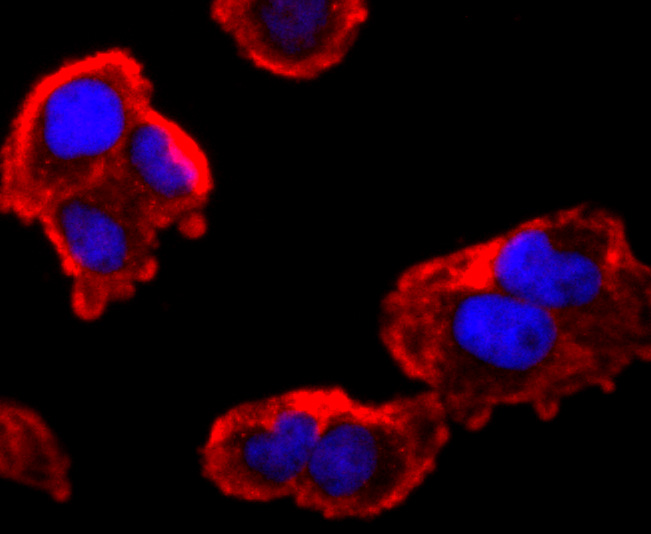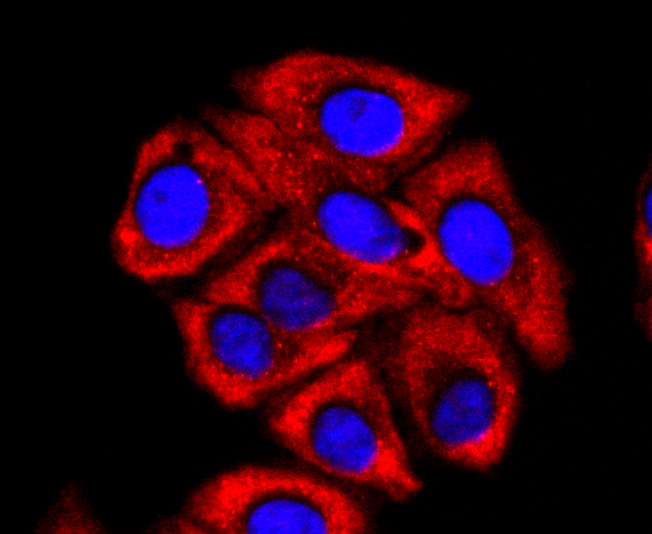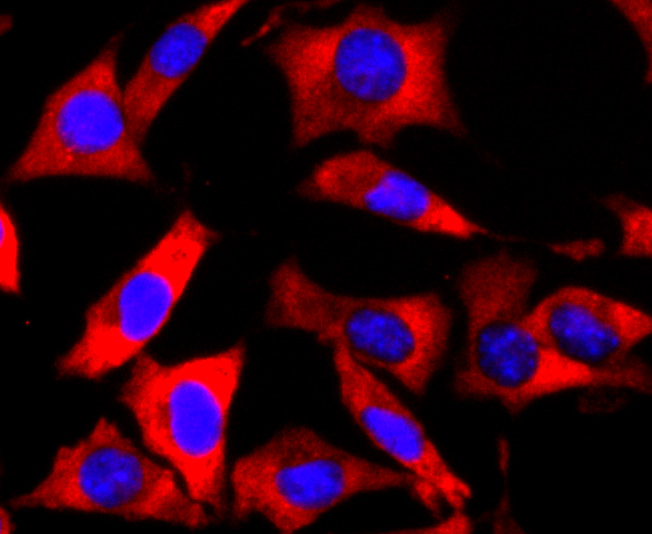Fragile X syndrome is the most frequent form of inherited mental retardation and is the result of transcriptional silencing of the FMR1 gene on the X chromosome. The FMR1 gene contains a distinct CpG dinucleotide repeat located in the 5' untranslated region of the gene. In fragile X syndrome this tandem repeat is substantially amplified and subjected to extensive methylation and enhanced transcriptional silencing. The FMR1 protein (or FMRP) is an RNA-binding protein that associates with polyribosomes and is a likely component of a messenger ribonuclear protein (mRNP) particle. It contains several features that are characteristics of RNA-binding proteins, including two hnRNPK homology (KH) domains and an RGG amino acid motif (RGG box). FMR1 localizes to both the nucleus and the cytoplasm and can also interact with two fragile X syndrome related factors, FXR1 and FXR2, which form heterodimers through their N-terminal coiled-coil domains. Since FMR1 contains both a nuclear localization signal and a nuclear export signal it is also implicated in the nucleocytoplasmic transport of mRNAs.

